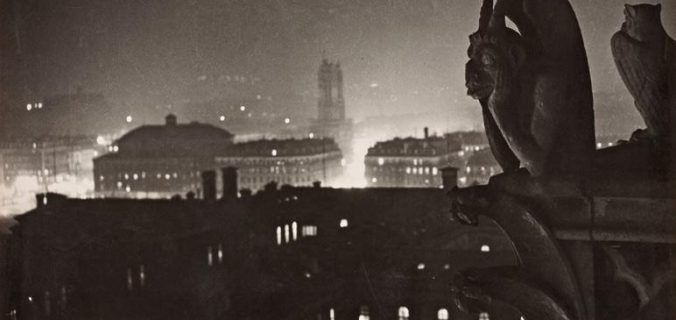It was a dark, frozen night in January 1799. One by one, men, women, and children filed inside an abandoned convent on the Right Bank, stepping over the threshold with the trepidation of remembered reverence mixed with the contempt of those who had only recently lost their faith, for where religion had been forsaken, superstition remained.
They were drawn there because they still believed in something: in ghosts, in fears, in the hopes of being reunited with loved ones in the afterlife. By then, everyone had lost someone, fighting on one side or the other. The Jacobins had lost their heroes, the Royalists their king. Only five years had passed since the Reign of Terror when 17,000 people were executed, and blood ran in the streets of Paris. And now it ran all over the world—in Italy, in Germany, in the sands of Egypt, and, a few years later, in the snows of Russia—everywhere that Napoleon marched his troops.
Now those that were left behind had gathered in the crypt of a derelict chapel where the walls had been re-decorated with Egyptian hieroglyphs. The man who would someday decipher them, Jean-François Champollion, was just a nine-year-old boy, and the mysterious symbols, only recently brought back by returning troops, were still widely believed to hold occult powers and ancient secrets of the spirit world.
As the audience fumbled for their seats by dim candlelight, eerie, ethereal music from Benjamin Franklin’s new invention, the glass harmonium, echoed through the vault. A key turned, one click, then two, locking everyone inside just as the candles were extinguished, plunging the audience into total darkness. Even the skeptics and unbelievers shrieked in fear. Then a fire glowed to life, and Etienne-Gaspard Robertson took the stage and promised to raise the dead.
***
Etienne-Gaspard Robertson (neé Robert) was born in Liège and, like many young men of means, studied philosophy, art, and science at university, and for short time, became a professor of optics. But by the early 1790s, he had moved to Paris, hoping to earn a living as an artist, while making ends meet as a tutor, but his interest in optics never really subsided. Armed with letters of introduction from a university mentor, Robertson attended lectures with Jacques Charles, who was then one of the famous natural scientists in Europe, but is best remembered now, if at all, as the inventor of hydrogen balloon flight.
In 1796, after a few years of studying light and refraction, Robertson devised an idea for building a giant Archimedes’ Mirror that would concentrate the sun’s rays into a single point with enough precision and intensity to set fire to British ships at sea. Robertson pitched the idea to government officials in Liege with success, but in Paris, officials were less than impressed, responding first with boredom, then open mockery. Disappointed, Robertson abandoned the idea, but by then he had something far more spectacular in mind.
